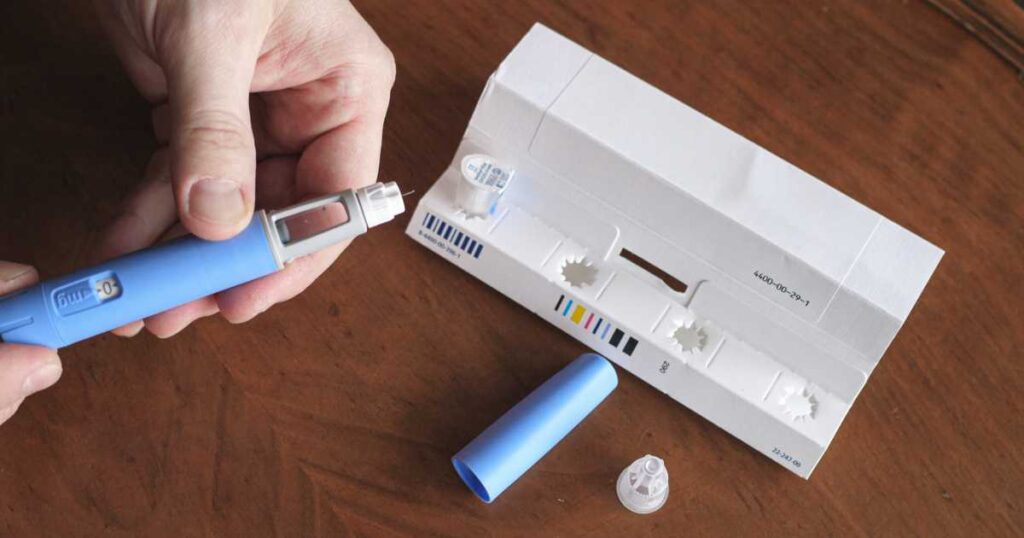Semaglutide, marketed as Ozempic for diabetes management and Wegovy for weight loss, has seen a dramatic increase in misuse cases over the past year. Poison control centers have reported cases where patients have required hospitalization due to severe symptoms such as nausea, vomiting, and stomach pain. However, most have recovered after receiving intravenous fluids and anti-nausea medications.
From January through November, America's Poison Centers received nearly 3,000 calls related to semaglutide, marking an astonishing 15-fold increase since 2019. In 94% of these cases, semaglutide was the sole substance reported. According to Dr. Kait Brown, Clinical Managing Director of the association, many of these calls were attributed to dosing errors.
"Oftentimes, it's a person who maybe accidentally took a double dose or took the wrong dose," Brown explained to CNN.
Semaglutide, approved by the FDA in 2017, is known for causing stomach and bowel side effects, including nausea, vomiting, and constipation, especially when patients initially start the medication. However, the recent spike in misuse is partially linked to compounded versions of semaglutide, which may require different dosing and have not undergone the rigorous testing and approval process of the patented drug.
The rise in popularity of compounded versions, fueled by their lower out-of-pocket costs, has raised safety concerns. The FDA issued warnings against the use of compounded semaglutide in June, as adverse events were reported. Poison control centers struggle to differentiate between calls involving the patented drug and compounded versions, but some state poison center directors suspect the latter is responsible for many of these cases.
There have been reports of cases where individuals accidentally ingested up to 10 times the standard dose. Dosing errors are more common with compounded versions, as they are often provided in multidose glass vials, requiring patients to draw their doses into syringes.
The lack of safeguards present in the name-brand drugs, which come in pre-filled pens that make dosing errors less likely, has contributed to the problem.




